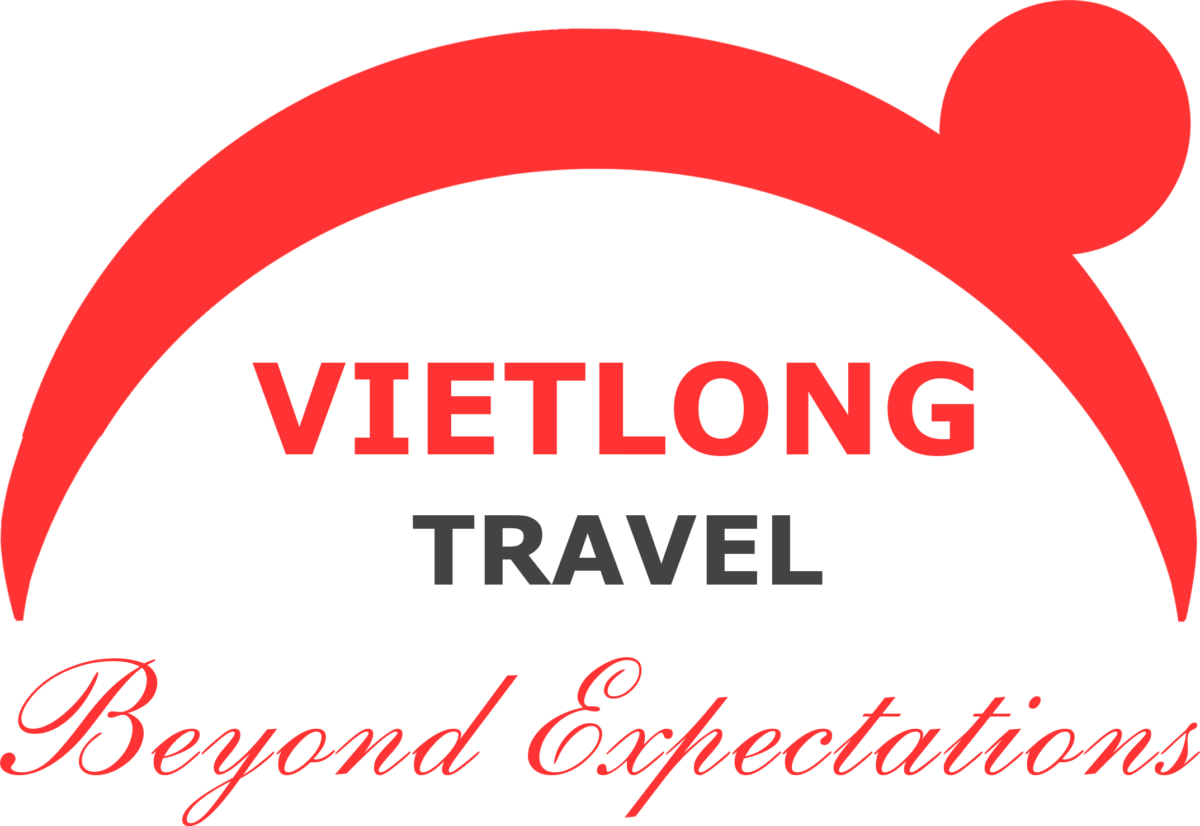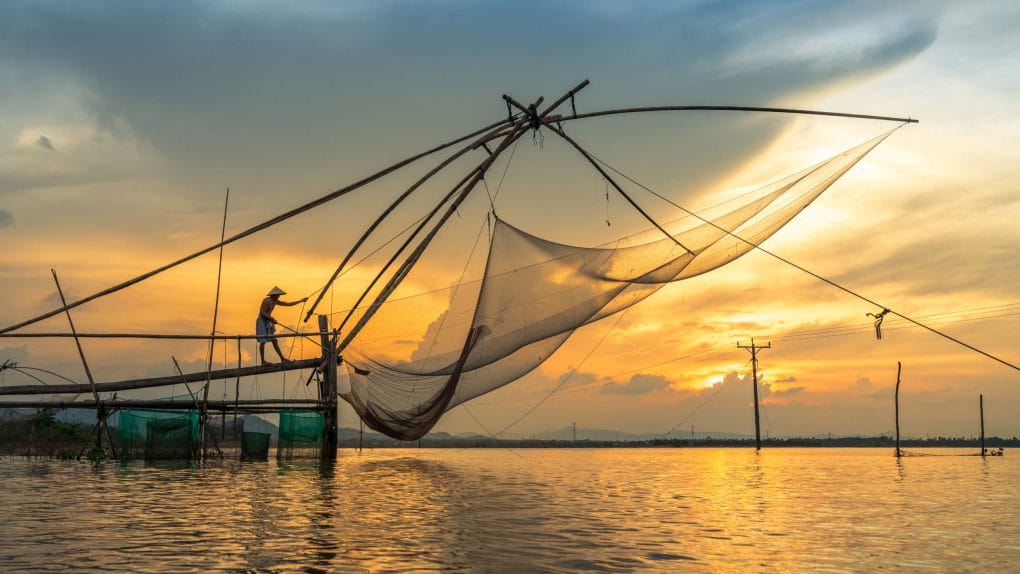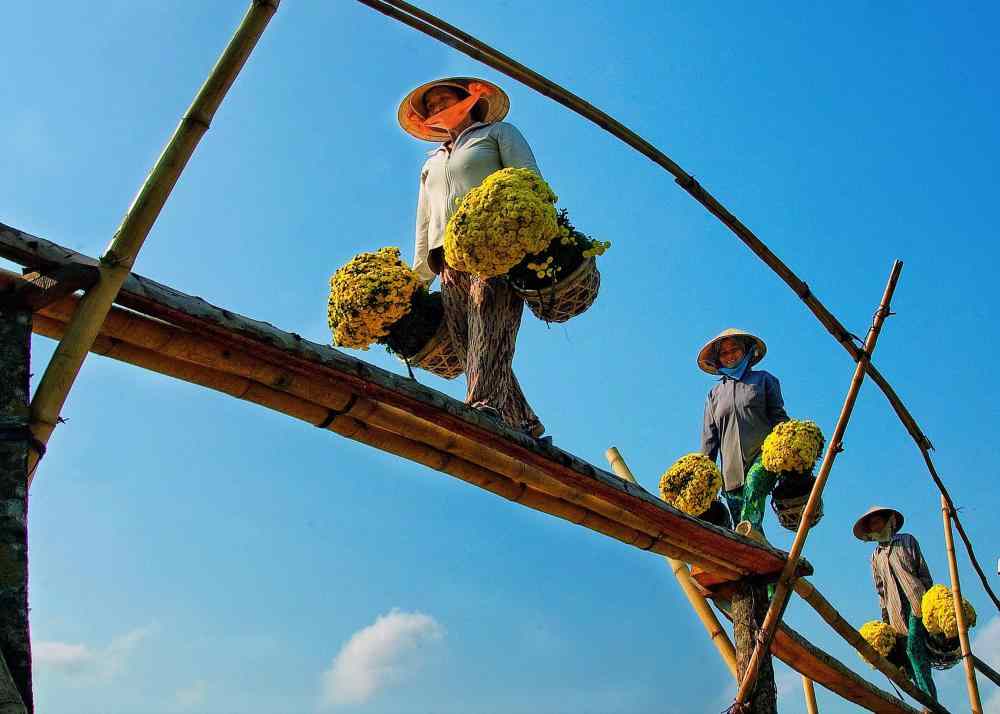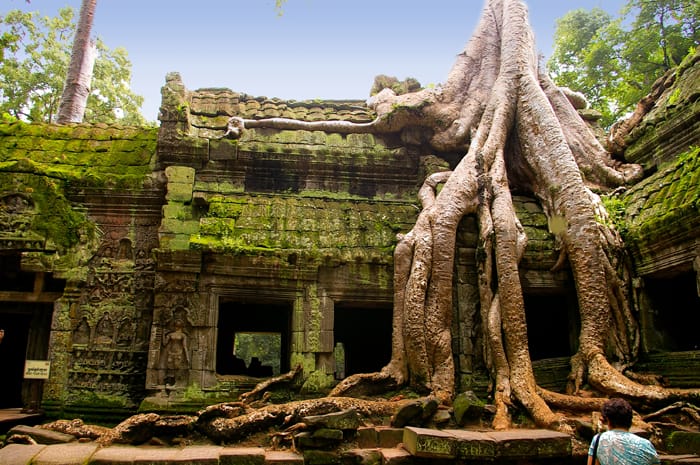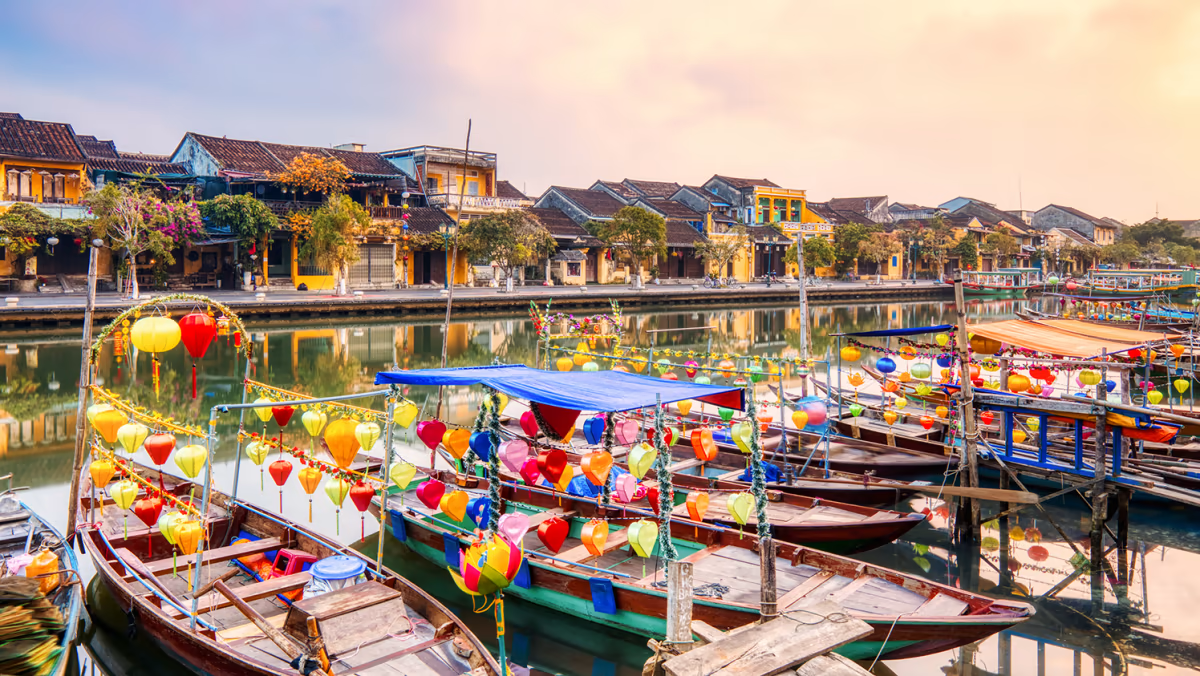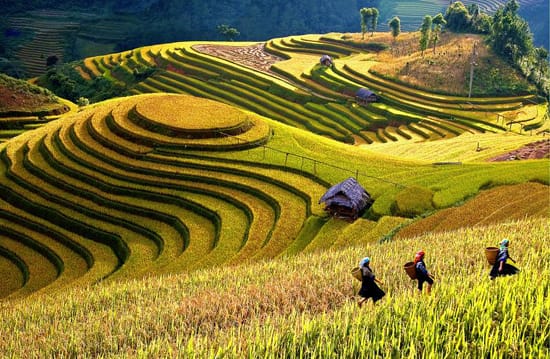Vietnam is a captivating destination with diverse landscapes, rich culture, and delicious cuisine. While many tourists flock to the country during its peak months, there’s something uniquely appealing about visiting Vietnam during the low season. In this article, we’ll explore the numerous benefits of traveling to Vietnam in the low season, covering everything from affordable rates to peaceful attractions. Whether you’re an adventure seeker, cultural enthusiast, or budget traveler, you’ll discover why this could be the best time to plan your trip.
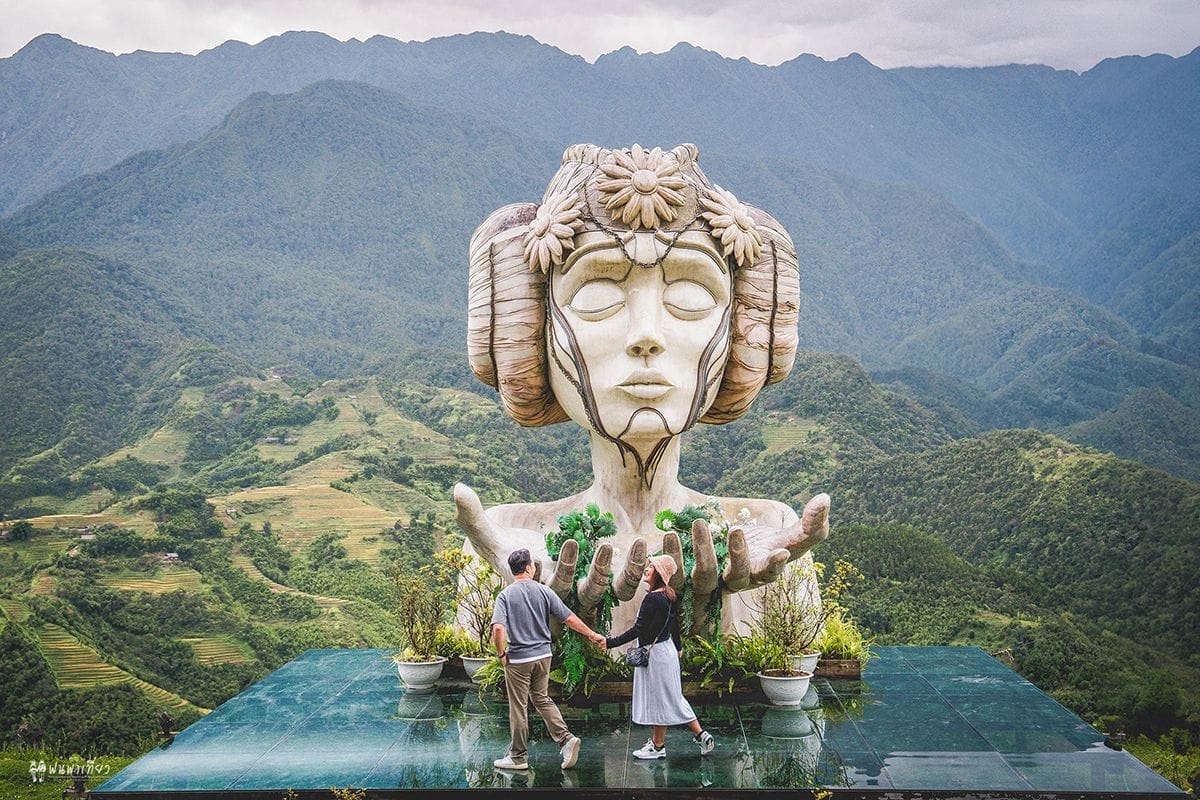
1. What is the Low Season in Vietnam?
Vietnam’s low season generally falls from May to September, aligning with the rainy or monsoon season. However, the rainfall is often short and sporadic, providing ample opportunities to explore. Certain regions like Central Vietnam may experience dry and sunny weather even during these months.
-
North Vietnam: May to August, with occasional heavy rains.
-
Central Vietnam: Dry season extends into May, but rain picks up from June to September.
-
South Vietnam: May to November, characterized by tropical showers.
2. Benefits of Traveling to Vietnam During the Low Season
2.1. Enjoy Significant Cost Savings
One of the most obvious advantages of traveling to Vietnam in the low season is the substantial reduction in expenses. Many airlines, hotels, and tour operators offer discounted rates to attract visitors. You can enjoy up to 50% savings on accommodations and activities.
-
Lower flight prices to major cities like Hanoi or Ho Chi Minh City
-
Budget-friendly hotels and resorts with seasonal promotions
-
Affordable guided tours and Vietnam travel packages
2.2. Fewer Crowds for a Relaxing Experience
If you value serenity and authenticity, the low season is ideal. Popular attractions such as Ha Long Bay, Hoi An Ancient Town, and Sapa’s rice terraces are far less crowded, allowing for a more intimate experience.
-
Capture stunning photos without the crowds
-
Enjoy a personalized tour experience
-
Walk leisurely through cultural landmarks
2.3. Experience Vietnam’s Lush Landscapes
The rain enhances the natural beauty of Vietnam, transforming rice paddies, jungles, and waterfalls into vibrant green paradises. In regions like Ninh Binh and Phong Nha-Ke Bang National Park, the landscapes are particularly breathtaking.
-
Witness the rice terraces in full bloom
-
Discover powerful waterfalls in their prime
-
Experience misty, romantic views in the highlands
2.4. Cultural Immersion with Festivals and Events
Despite being the low season, Vietnam hosts numerous cultural festivals. From the Vu Lan Festival in July to the Mid-Autumn Festival in September, you can participate in vibrant celebrations and gain a deeper understanding of Vietnamese traditions.
-
Join locals in ancient rituals and celebrations
-
Enjoy authentic cuisine and street performances
-
Capture unforgettable moments of traditional festivals
2.5. Personalized and Authentic Experiences
With fewer tourists, local guides and businesses provide more attentive services. You’ll have the chance to engage in meaningful conversations with locals, learn traditional crafts, or participate in unique community activities.
-
Take part in a cooking class with a local chef
-
Learn traditional silk weaving in Hoi An
-
Experience authentic hospitality in a homestay
3. Tips for Traveling to Vietnam During the Low Season
Our Best Selling Tours:
While the low season has its perks, a few smart strategies will enhance your trip:
-
Pack light rain gear: Quick-dry clothing and a waterproof jacket are essential.
-
Plan flexible itineraries: Allow buffer days in case of rain.
-
Book in advance: Secure the best deals on accommodations and flights.
-
Focus on central regions: Destinations like Da Nang and Hue often experience better weather.
4. FAQs About Traveling to Vietnam During the Low Season
Q1: Is it safe to travel to Vietnam during the low season?
Yes! While rain is common, Vietnam’s infrastructure is well-equipped to handle it. Keep an eye on weather forecasts, and plan accordingly.
Q2: Can I visit the beaches in the low season?
Absolutely. While the seas may be rougher in some regions, places like Nha Trang and Phu Quoc often remain pleasant.
Q3: What are the best activities during Vietnam’s low season?
You can enjoy indoor attractions like museums, cooking classes, and traditional spa experiences. Outdoor options include nature exploration, especially in misty landscapes.
Q4: How long should I stay in Vietnam during the low season?
A 10 to 14-day itinerary is ideal, covering key destinations across the north, central, and south.
Traveling to Vietnam during the low season is an opportunity to experience the country’s beauty without the usual crowds. With cost savings, more intimate cultural experiences, and lush landscapes, you’ll gain memories that last a lifetime.
So why wait? Start planning your unforgettable Vietnam low-season adventure today!
